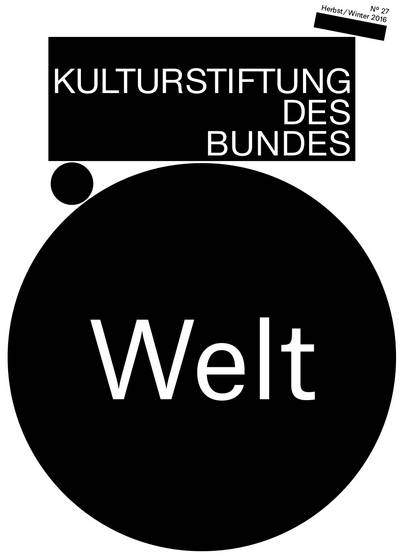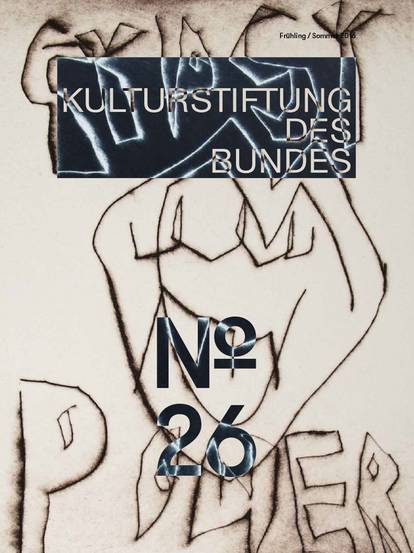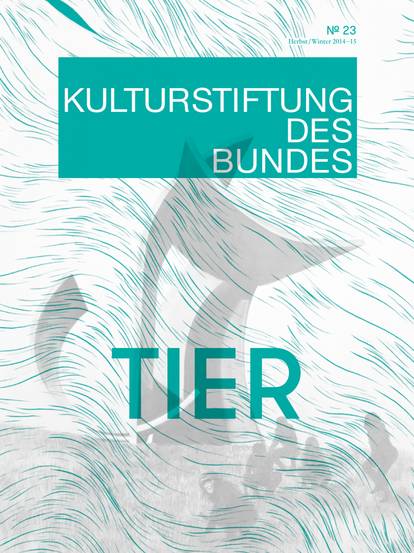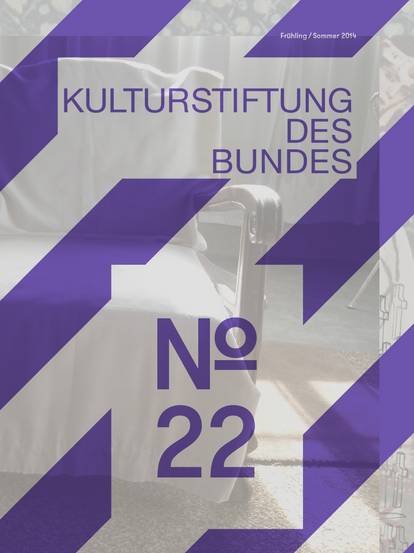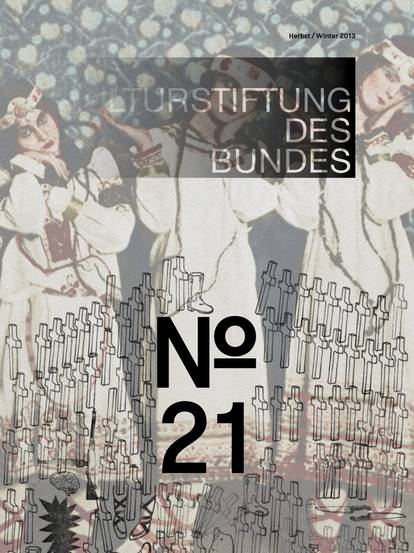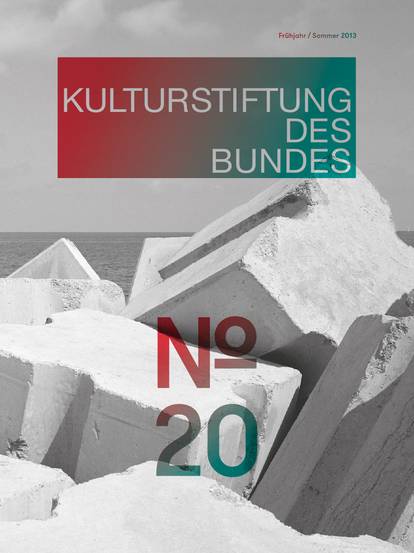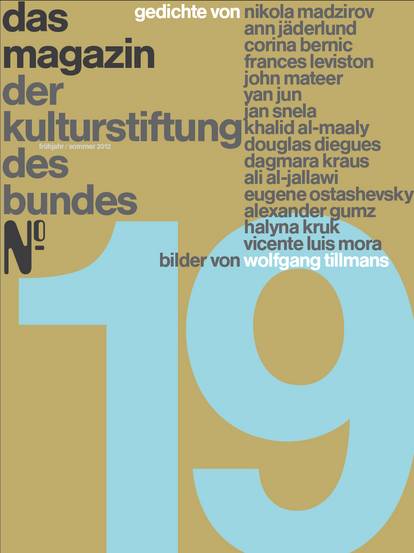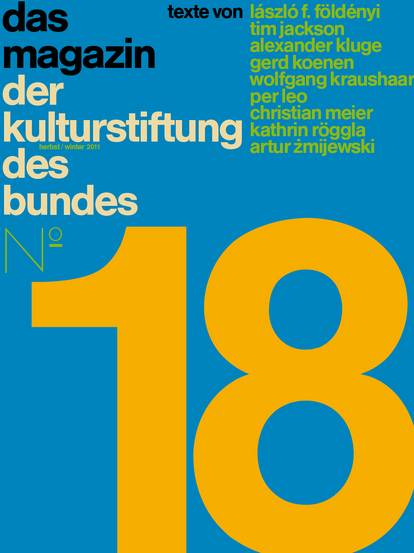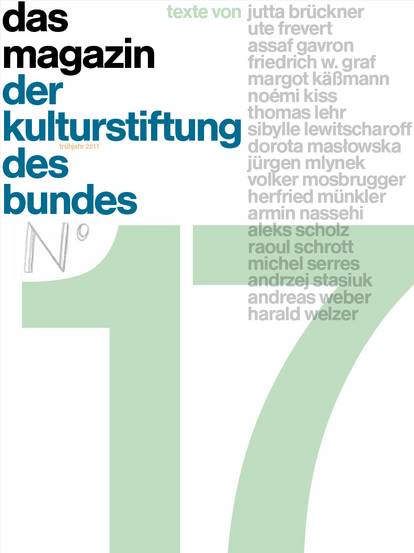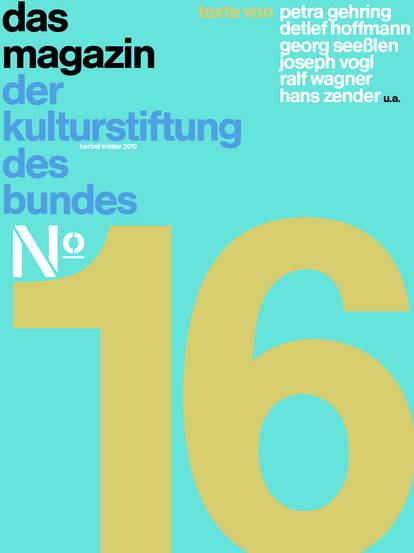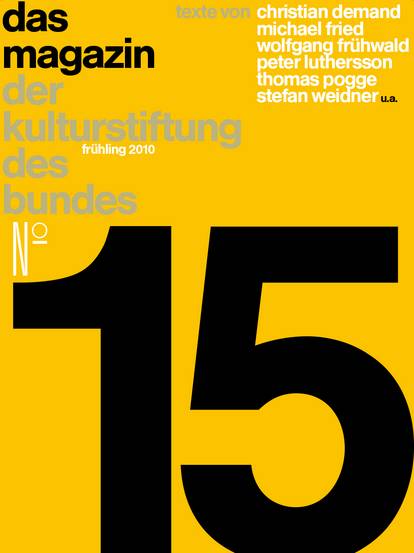Peter Weiss, who was born outside of Berlin of a Jewish father and eventually emigrated to Sweden following the rise of National Socialism, is best known for his plays and writings. However, he started out as a painter inspired by surrealism and worked as a filmmaker during the 1950s. Before achieving his literary breakthrough with his first novelette in German, The Shadow of the Coachman’s Body, published by Suhrkamp in 1960, he produced a total of 18 films. Weiss’s cinematic oeuvre comprises experimental and documentary shorts, as well as two feature-length films and four film projects which remained fragments.
All these works were made in a decisive period in Weiss’s life which was marked by economic crisis and an exhausting search for expression and recognition: the long period of transition from the visual arts to his main occupation as author and playwright. Alongside this shift in practice, Weiss turned his previously introspective view towards a critical analysis of the social realities of a world divided into East and West, North and South. He expressed his support of socialism and condemned the imperialist foundations of capitalism.
In 1952, Peter Weiss joined the Svensk Experimentfilmstudio. He studied the early avant-garde cinema of Luis Buñuel, Man Ray and Dziga Vertov, and was equally influenced by the paintings of Max Ernst. His strong interest in surrealism inspired his first five short films which he considered to be sketches as their numbered titles suggest.
Study II (Hallucinations) from 1952 consists of twelve staged scenes that were modelled after a set of drawings. Accompanied by metallic sounds, various body parts and objects form surrealistic collages against a black background which, whilst suggesting conflicting emotions, should elude straightforward interpretation. In a conversation with Harun Farocki in 1981, he retrospectively admitted that the images still evoked a strong psychological effect. This, he said, had certainly to do with the traumatic as well as dreamlike experience of rupture and alienation as an emigrant. Two years later, in Study IV (Relief), Weiss combined abstraction and real imagery. A male figure moves slowly through different spaces, partly dragging his alter ego on his back. Like Weiss’s other early shorts produced in an existentialist vein, Study IV parallels his autobiographical writings during the 1950s that resulted in a short story, later published under the title “Farewell to the Parents” (1961).
With his first documentary film from 1956, Faces in Shadow, Weiss started to look at the outside reality. The film shows tramps and homeless men who hang out in the old city centre of Stockholm. Devoid of any voice-over, the film presents nuanced, almost poetic depictions of those who fall through the grid of the social welfare state. Commissioned by the Social Democratic Youth Association of Sweden, his film What shall we do now? (1958) addresses the teenage abuse of drugs and alcohol. Mixing documentary footage and staged scenes, Weiss follows boys and girls from different social classes on their Saturday evening without examining the causes of their general feelings of emptiness and disillusionment.
According to Law from 1957 may count as his most dense and striking documentary. The film portrays the daily life and routine of inmates in a youth prison in Uppsala. Watchmen mechanically lock and unlock the doors. The agreement with the prison authorities to not film the inmates’ faces further intensified the depiction of subjugation and deprivation of human dignity through punishment. At the beginning and at the end, in a metaphorical scene, one young man stands out in his hopeless attempt to escape. The only direct commentary at the end of According to Law quotes Henry Miller: "Justice without love is revenge."
In 1959, Peter Weiss made his first feature-length film titled Hägringen based on the novelette Document I. Hägringen is a synthesis of the two key elements of Weiss’s filmmaking: the subjective-surrealist and the documentary approach to reality. The film shows the encounter of a young man with a large city, namely Stockholm. His walk through the city turns into a tour de force through various urban milieus. He fails to get in touch with those he meets or to keep up with the dynamics of modern life that is set to the clock of automation. Finally, his journey ends where it started: He runs off towards the horizon.
In his last film Behind the Same Facades from 1961, Peter Weiss explores life at the new housing projects on the outskirts of Copenhagen. Through interviews with locals of all ages, mixed with images of the massive residential complexes and the interiors of the apartments, the documentary investigates the ambivalent relationship between the daily experiences and desires of the residents and the functionalism of the architecture.
Asked by Harun Farocki why he stopped making films, Weiss claimed that the financial losses connected to most of them forced him to quit. His increasingly complex ideas and the wealth of historical material that formed the basis of his writings and plays as well as The Aesthetics of Resistance would have required very different conditions of film production. This makes Weiss’s films a self-contained body of work in the shadow of his literary reputation, yet they remain highly significant to the development and transformation of a painter, filmmaker and writer whose personal fate, political concerns and artistic approaches so impressively mirror the dark and bright sides of the 20th century.

![[Translate to English:] Magazine 38](/fileadmin/_processed_/f/1/csm_Magazin38_Cover-Vorschau_921x1230_689f428dc3.jpg)
![[Translate to English:] Magazine 37](/fileadmin/_processed_/b/c/csm_Mag37_Cover-Vorschau_921x1230_b5129fdb2a.jpg)
![[Translate to English:] Magazine 36](/fileadmin/_processed_/2/a/csm_Cover_Magazin36__issuu_2f3cef97bb.jpg)

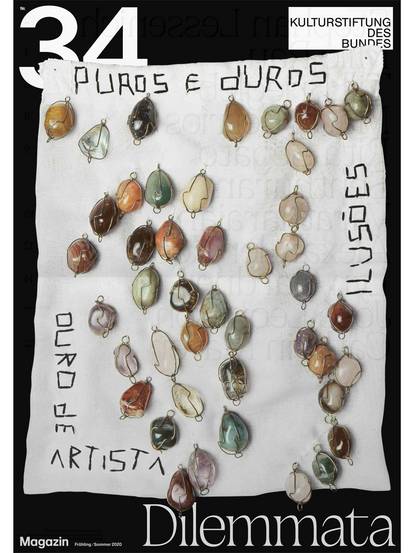
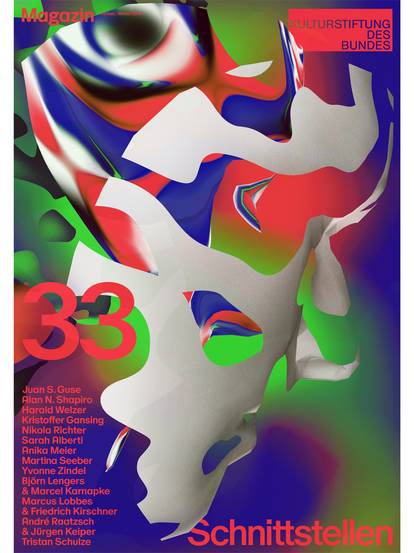
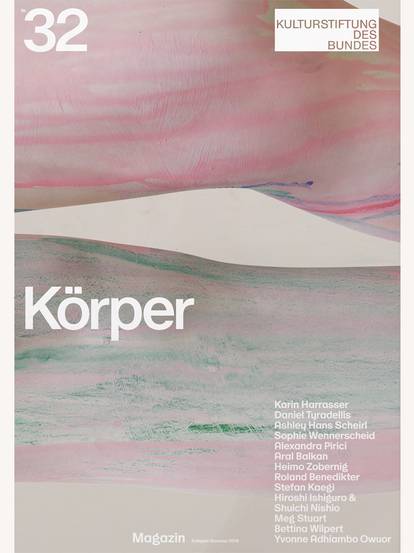
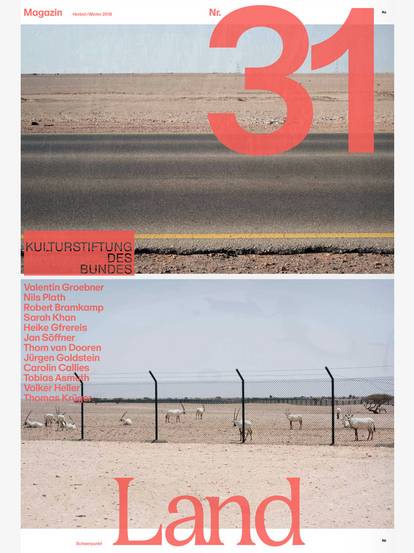
![[Translate to English:] Magazine 30](/fileadmin/_processed_/c/b/csm_magazin30_vorschau_9005f773d3.jpg)


